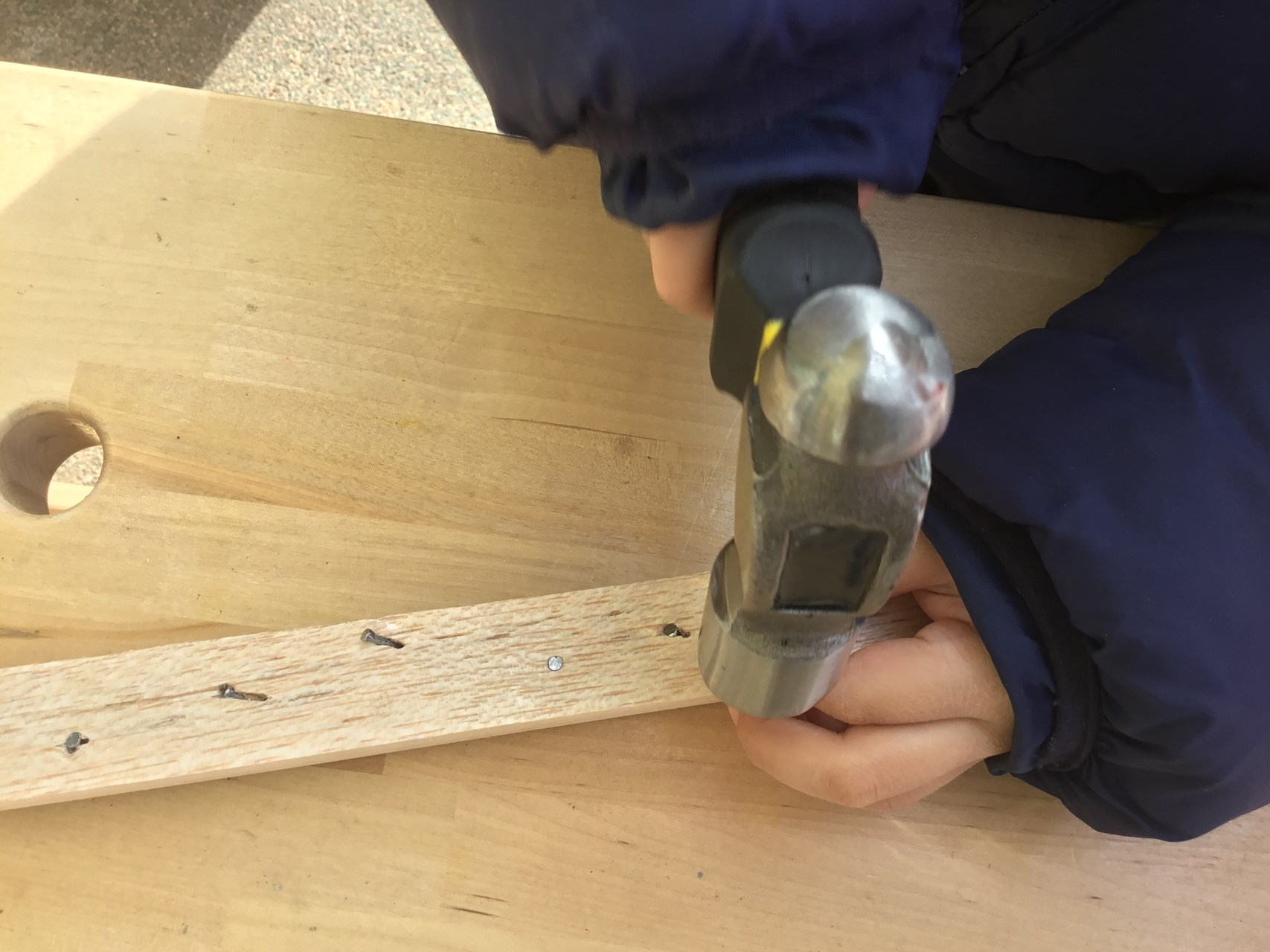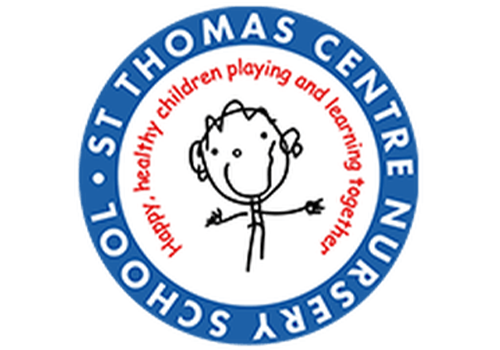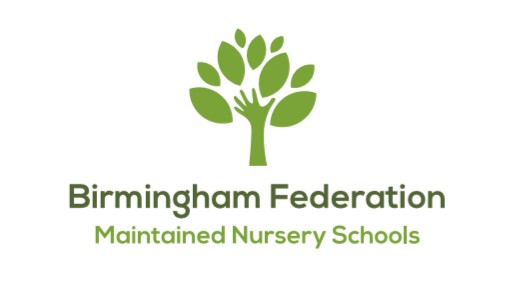Early Years Pupil Premium
Pupil Premium Funding is an additional fund used for those children who are considered to be at a disadvantage. These children are pupils who either claim or have claimed free school meals at any point in the last six years and pupils in care, or who left care through adoption or another formal route. National figures show that these groups of children do not achieve as well as their peers academically and the Pupil Premium Funding enables schools to put additional support in place in order to address any inequalities.
For the academic year 22-23 we had 9 P.P children in Autumn term and 20 in Spring terrm.
We use Target Tracker to identify areas for improvement and barriers to learning.

Statement of Intent - Aims and Objectives 2022-2023
In 2022-2023 we will continue to use our artist in residence to engage the children in creative media and methods. These interventions are designed specifically around the Target Tracker data outcomes and are differentiated to close the attainment gaps for Pupil Premium children.
The key challenges addressed by this intervention:
|
-To sustain the attainment levels of the P.P children |
|
-To provide appropriate extended learning possibilities for P.P children |
|
-Meeting the P.S.E.D needs of all P.P children |
|
-Focus on the needs of SEND/PP children |
Please see below for more information:




